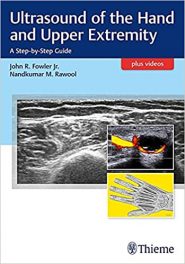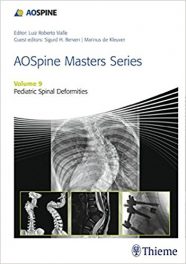Authors: Thom A. Mayer and Robert J. Cates
Publisher: Health Administration Press -120 pages
Book Review by: Paiso Jamakar
A practical and sensible thesis is what this book is mainly about: take the lead in providing caring service to patients, have all members of the staffs of health care institutions learn to do that, and you not only make the patients happy, but you also make the employees happy.
Easily said, but has common-sense advice been applied anywhere and shown to be a success? The answer is a resounding “yes”! One of the principal reasons for its success is that this type of service applicable to patients has been designed and structured as a course which has been taught to and implemented by thousands of people employed in the health care profession.
As a matter of fact, the creators of this program – the Survival Skills course – and the author of book, Drs. Thom A. Mayer and Robert J. Cates (who have more than 26 years experience in providing health care) write: “Not only did customer service scores improve dramatically following the implementation of the Survival Skills concept but they have stayed at industry-levels since that time and have continued to improve.”
The authors also report that “the Survival Skills course has been taught at hundreds of hospitals with thousands of participants, resulting in dramatic improvements in their customer service ratings as well.”
“Our physician management and leadership company, which provides emergency department and other hospital-based physicians and other hospital-based physicians to hospitals and healthcare systems, is committed to the science of clinical excellence, the art of customer service and the business of execution, creating the future of healthcare.”
The material in this book is organized in five chapters, which basically present material that helps health care leaders to improve patient care thru better customer service. After all, patients are also customers. Interspersed in the chapters are examples, quotations, stories and training exercises.
Chapter 1 establishes the basis of this book. In order to transform customer service in healthcare in which both the patients and the employees become happy, it must be done intrinsically rather than extrinsically. When done this way, the change is fundamental and meaningful and therefore it lasts, point out the authors.
Chapter 2 answers the question whether the people receiving health care treatment are patients or customers. The authors say in so many words that they are both The care providers must treat the patient component of people being served with their technical knowledge and skills, and the customer component with service skills.
Chapters 3, 4 and 5 introduce the three Survival Skills: namely, making the customer service diagnosis and offering the right treatment; negotiating agreement and resolution of expectations; and creating moments of truth.
The Epilogue instructs you on how to use the Survival Skills you learned in your institution. This section of the book is a “how-to” manual. The authors state that customer service in health care is not a static concept. One must continue to learn new skills and acquire new knowledge to improve the service to patients-customers.
Drs. Mayer and Cates are pioneers of a sort in that they point out how important customer service is as part of the total health care experience, which includes medical and surgical treatment, providing medication, advice and monitoring to full recovery. We applaud their work in this area of proving customer service to patients.






